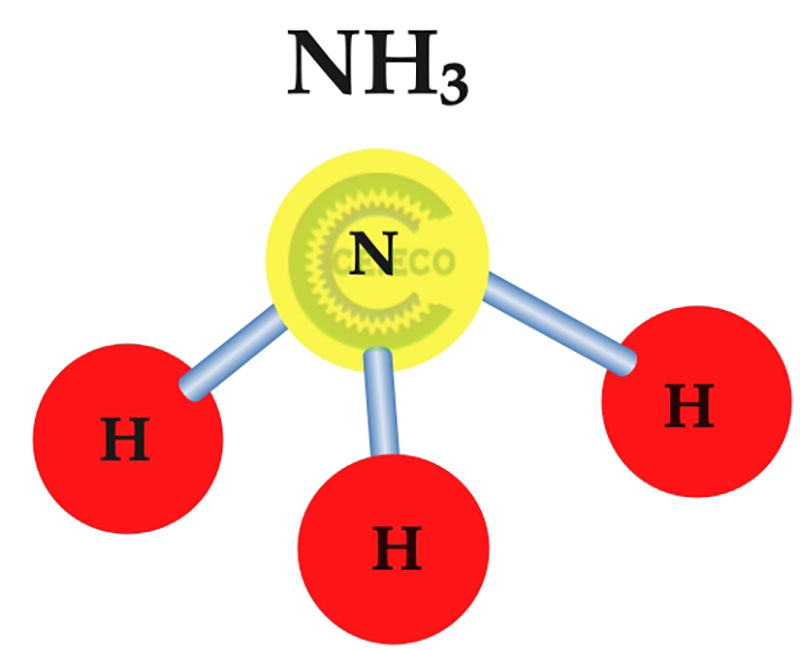Ammonia is a basic chemical that has many applications in industry, from agriculture to fertilizer and chemical production. The global ammonia economy is therefore closely linked to the performance of the economic sectors that use this substance.
According to a 2020 report from the World Bank, global ammonia production has increased steadily in recent decades, going from around 120 million tonnes in 2000 to over 180 million tonnes in 2018. The largest productions are recorded in Asia (particularly in China and India) and the Middle East, although the United States remains one of the world’s leading producers of ammonia.
The ammonia market is highly competitive, with numerous companies operating globally. The price of ammonia is strongly influenced by demand from industry, but also by the cost of raw materials currently used for its production, such as natural gas.
In summary, the global ammonia economy is constantly evolving and depends on the dynamics of the global chemical products market and the performance of the industrial sectors that use this substance.
But above all we must understand that it can constitute a valid vector for storing and transporting energy.
Today, ammonia is mainly used as a fertilizer in agriculture, however, its chemical properties also make it a possible alternative energy source.
Technological progress is pushing for its use to replace fossil fuels such as efuel: this is because it is a renewable energy, like wind or solar, thus avoiding dependence on fossil resources.
Furthermore, ammonia has a high energy density, i.e. it has a high energy content per unit volume; this means that its combustion can provide a significantly higher quantity of energy than other alternative energy sources such as hydrogen.
The use of ammonia as a fuel would also help reduce greenhouse gas emissions: being composed only of nitrogen and hydrogen, its combustion produces only water vapor and nitrogen, without releasing carbon dioxide.
The disadvantages to be eliminated before its massive use are the release of polluting nitrogen oxides and the fact that, being highly toxic, it can cause serious damage to health in case of exposure. They therefore require the adoption of particular safety measures in its storage, handling and transport.
Renewable ammonia can be produced through three different technologies.
The first is based on an expansion of the current Haber-Bosch ammonia production via compensation and CO2 sequestration.
The second shifts the Haber-Bosch process towards renewable sources of hydrogen, such as the gasification of waste or biomass.
While the third involves a direct electrochemical conversion of N2 to NH3. Furthermore, this third technology can be implemented at any level of scale in a highly distributed manner.











